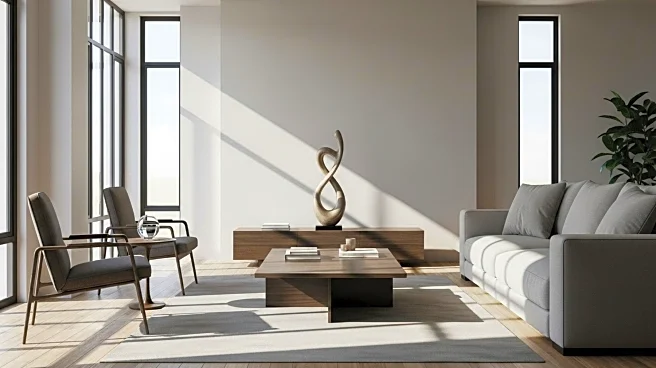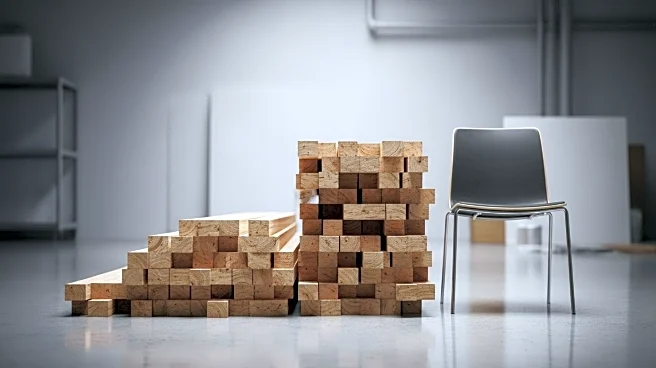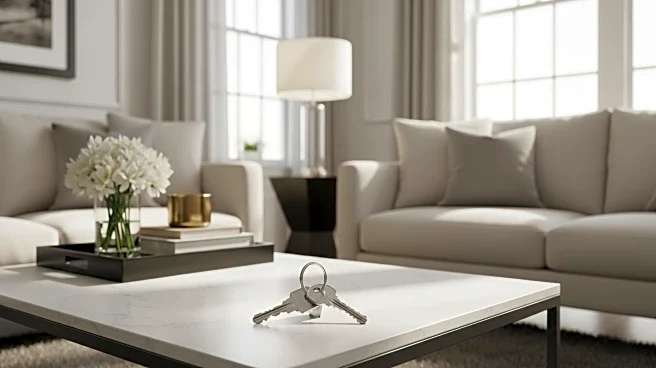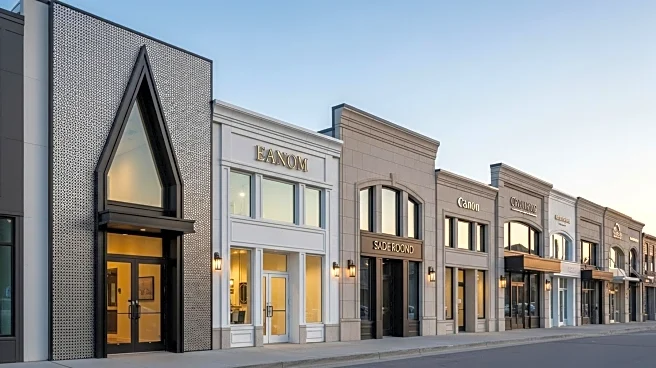What's Happening?
A growing trend among developers is to convert vacant shopping malls into residential spaces to address the U.S. housing shortage. With nearly 34 million square feet of empty retail space and a housing deficit of 3.8 million homes, the idea of repurposing malls has gained traction. The shift from retail to residential is seen as a logical solution, especially as e-commerce has led to store closures and reduced foot traffic in malls. As of January 2024, at least 192 malls are planning conversions into mixed-use buildings, combining commercial and residential spaces.
Why It's Important?
The transformation of malls into housing could provide a partial solution to the housing crisis, offering quick access to homes by utilizing existing infrastructure. This approach could also revitalize struggling malls by attracting new residents who would support remaining retail spaces. The conversion could lead to a 'win-win' scenario, where new homeowners bring life to existing shops and attract essential services like grocery stores and healthcare clinics. This trend reflects a shift towards community-oriented living, which is increasingly favored by younger generations.
What's Next?
The transition from retail to residential is not without challenges. Developers face obstacles such as high construction costs, rezoning complexities, and the physical limitations of mall structures, which may not be ideal for housing. Despite these hurdles, the concept of mall-to-apartment conversions continues to gain interest, with developers exploring creative solutions to repurpose these spaces. The success of these projects could influence future urban planning and development strategies, potentially leading to more widespread adoption of mixed-use spaces.
Beyond the Headlines
The repurposing of malls into residential spaces highlights broader cultural and demographic shifts. Younger consumers are increasingly valuing experiences over possessions and prefer walkable urban spaces over traditional suburban malls. This trend underscores a changing retail landscape, where the enclosed suburban mall no longer fits contemporary lifestyles. The conversion of malls into housing could also address affordability issues, as community living offers shared amenities and fosters connections among residents.










